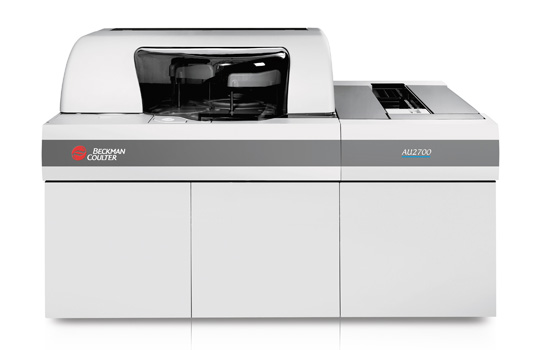This technology is another major contributor in the field of diagnostics especially ones focused on clinical chemistry. Majority of biochemical analysis pertaining to heart, kidney and liver function test rest on this technology.

Principle of Photometry
The basic principle of this technology involves measurement of quantity of light absorbing analyte in a solution. This can only be however applied to solutions which follow the Beer Lambert’s law. Analytes which have the tendency to absorb light, when exposed to a beam of incident light, will absorb some. This results in reflection of a light of lower intensity. The intensity of the reflected light is then considered inversely proportional to the concentration of the analyte of interest in the solution.
The main advantages involve ease of operation and wide variety of parameters which can be covered by this assay.
The analyzers under this technology are attributed to cover a wide range of test parameters in clinical biochemistry and hence become an indispensable tool in a laboratory floor. With a laboratory of our magnitude, wherein samples come in thousands every night, the analyzers which aid in dealing with such investigations efficiently include:
- Olympus AU2700 [Beckman Coulter]
- Advia 2400 [Siemens]
- Advia 1800 [Siemens]



